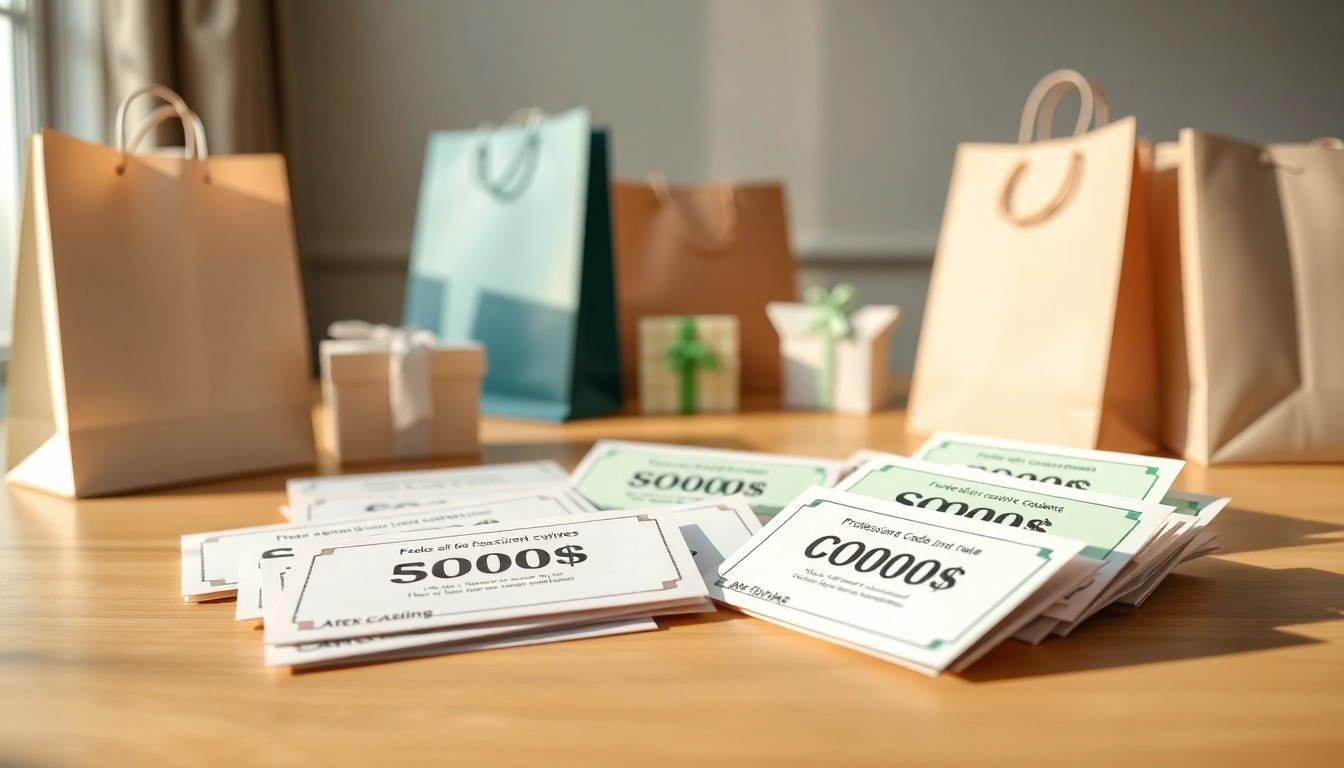Understanding Real Pokémon Cards
For many collectors and players, owning real Pokémon cards is not just about the thrill of collecting; it’s about having genuine pieces of a beloved franchise. This article dives deeply into what constitutes authentic Pokémon cards, the nuances of spotting real versus counterfeit cards, and the best ways to enhance your collection. Whether you’re new to the hobby or a seasoned enthusiast, this comprehensive guide covers everything you need to know about real pokemon cards.
What Makes Pokémon Cards Authentic?
The authenticity of Pokémon cards is determined by a combination of their physical characteristics, print quality, and the security measures implemented by the manufacturer. Authentic Pokémon cards are printed on specific card stock, which gives them a unique texture and finish. The intricate designs, colors, and patterns used in the printing process are carefully constructed to ensure that every aspect of the card is as intended by the designer.
Additionally, legitimate cards often have a consistent weight and thickness. An authentic card will not only feel durable in hand but will also reflect light in a way that is characteristic of its genuine counterparts. Variations in these characteristics can be a red flag for counterfeit cards.
Common Features of Legitimate Cards
Each Pokémon card has several defining features that signify its authenticity:
- Holographic Elements: Many rare and special edition cards feature holographic images or foils that change appearance in the light.
- Fine Print Details: Authentic cards contain detailed printing that includes small text and Pokémon details. Counterfeit cards might exhibit blurred text or inaccuracies.
- Official Logo: The Pokémon Company logo can be found on all original cards and is often a reliable indicator of authenticity.
- Card Numbering: Every card has a unique card number, which you can verify against official databases or guides.
Safety Measures to Ensure Authenticity
To ensure that you are purchasing genuine Pokémon cards, it’s essential to buy from reputable sources. Always verify that retailers or sellers have good reviews and ratings. When attending events such as Pokémon conventions or trading events, familiarize yourself with the business practices of sellers and vendors. Additionally, know the specific cards you are looking for, so you can easily spot inconsistencies.
Where to Buy Real Pokémon Cards
Finding authentic Pokémon cards can feel daunting, especially with the rise of counterfeit collectibles in the market. The key lies in choosing the right retailers and platforms to ensure that your collection stays genuine.
Top Retailers for Authentic Cards
One of the best ways to ensure you buy real Pokémon cards is to shop directly from well-known retailers. Here are some of the most reputable sources:
- Pokémon Center: This is the official online store where you can find not just cards but also merchandise related to Pokémon. Their inventory is assuredly authentic.
- Local Game Stores: Many local game shops carry Pokémon TCG products and often have knowledgeable staff to help ensure your purchases are legitimate.
- Major Retail Chains: Stores like Target and Walmart offer Pokémon card products, and their strict procurement policies help ensure authenticity.
Online Marketplaces and Auctions
While online marketplaces can offer competitive pricing, they also carry higher risks when it comes to authenticity. Here are some trusted platforms where you can buy Pokémon cards:
- eBay: On eBay, you can find a wide range of cards, but it’s crucial to select sellers with high ratings and positive feedback.
- TCGPlayer: This dedicated site for trading cards features a multitude of sellers and often includes verified reviews.
- Facebook Marketplace: While caution is advised, securing real cards through local buy-sell-trade groups can be worthwhile.
Local Game Shops and Collectors Events
Attending local game stores and events is a great way to build your collection. These venues not only typically offer genuine Pokémon cards, but they also provide opportunities for face-to-face trading and community interaction. Engaging with other collectors can lead you to valuable insights about card authenticity and buying tips.
Assessing the Value of Your Real Pokémon Cards
The value of Pokémon cards can fluctuate greatly, making it crucial for collectors to keep informed about current market trends. Here’s how to effectively assess and maximize the value of your card collection.
Key Factors Influencing Card Value
Several elements affect the value of Pokémon cards:
- Rarity: Generally, the rarer a card, the higher its market value. Cards classified as “Secret Rare” or “Ultra Rare” often fetch higher prices.
- Condition: The condition of a card—graded by professionals on a scale from 1 to 10—plays a significant role in determining its value.
- Market Demand: Current trends and player interest can greatly influence demand for specific cards.
How to Use Price Guides Effectively
To accurately gauge the market value of your cards, utilize price guide resources and online databases:
- Official Price Guides: Websites like TCGPlayer offer real-time price updates and value trends based on recent sales.
- Community Resources: Engage in online forums or communities such as r/PokemonTCG on Reddit where collectors share insights and valuations.
Professional Grading Services Explained
Professional grading services, such as PSA or Beckett, evaluate the condition and authenticity of your cards and can significantly boost their resale value when you decide to sell. Here’s how to navigate the grading process:
- Understand the grading scale: Familiarize yourself with how cards are graded and what factors influence their scores.
- Choose a reputable grading service: Research different services to find one that aligns with your collecting goals and quality standards.
- Prepare your cards: Ensure your cards are clean and well-protected during shipping to prevent damage.
Spotting Fake Pokémon Cards
As counterfeit cards become increasingly sophisticated, knowing how to recognize a fake is essential for every Pokémon card collector. Here’s how to effectively detect fakes.
Physical Characteristics of Fake Cards
Many fake cards exhibit distinct physical traits that can help you identify them quickly:
- Incorrect Weight: Fakes often use cheaper materials, resulting in noticeable differences in weight and thickness.
- Print Quality: Look for inconsistencies in color or blurriness, which can be telltale signs of reproduction.
- Card Back: The back design should be crisp and clear; look for irregularities in colors and logos.
Testing Methods to Verify Authenticity
If you suspect a card might be fake, there are several tests you can perform:
- Light Test: Hold the card up to a strong light source. Authentic cards will allow a faint amount of light to pass through, while fakes typically will not.
- Flex Test: Carefully bending the card can help identify fakes; real cards will have a sturdier feel and return to their shape without creasing.
Resources for Reporting Counterfeits
If you encounter counterfeit cards, there are resources available for reporting them:
- Local Authorities: Depending on severity, report counterfeit dealers to local law enforcement.
- Online Platforms: Notify online marketplaces or social media platforms if you find sellers selling counterfeit products.
Maximizing Your Collection: Care and Display
Proper care and display techniques can enhance the longevity and appeal of your collection. Here are practical tips for maintaining the quality of your Pokémon cards.
Storing Real Pokémon Cards Safely
To prevent wear and tear, cards should be stored in protective sleeves or binders. Here are options to consider:
- Toploaders: These rigid plastic holders can provide excellent protection for individual cards.
- Binders: Use binders with designed pages for trading cards; they keep cards upright and minimize surface wear.
Best Practices for Displaying Your Collection
For collectors wanting to showcase their cards, consider these display tips:
- Keep displayed cards away from direct sunlight to prevent fading.
- Utilize display cases that allow for visibility while protecting against dust and environmental factors.
Connecting with Other Collectors Online
Finally, being part of a community can significantly enhance your collecting experience. Engage in online forums, social media groups, or local meetups to share knowledge, trade cards, and learn from others.



